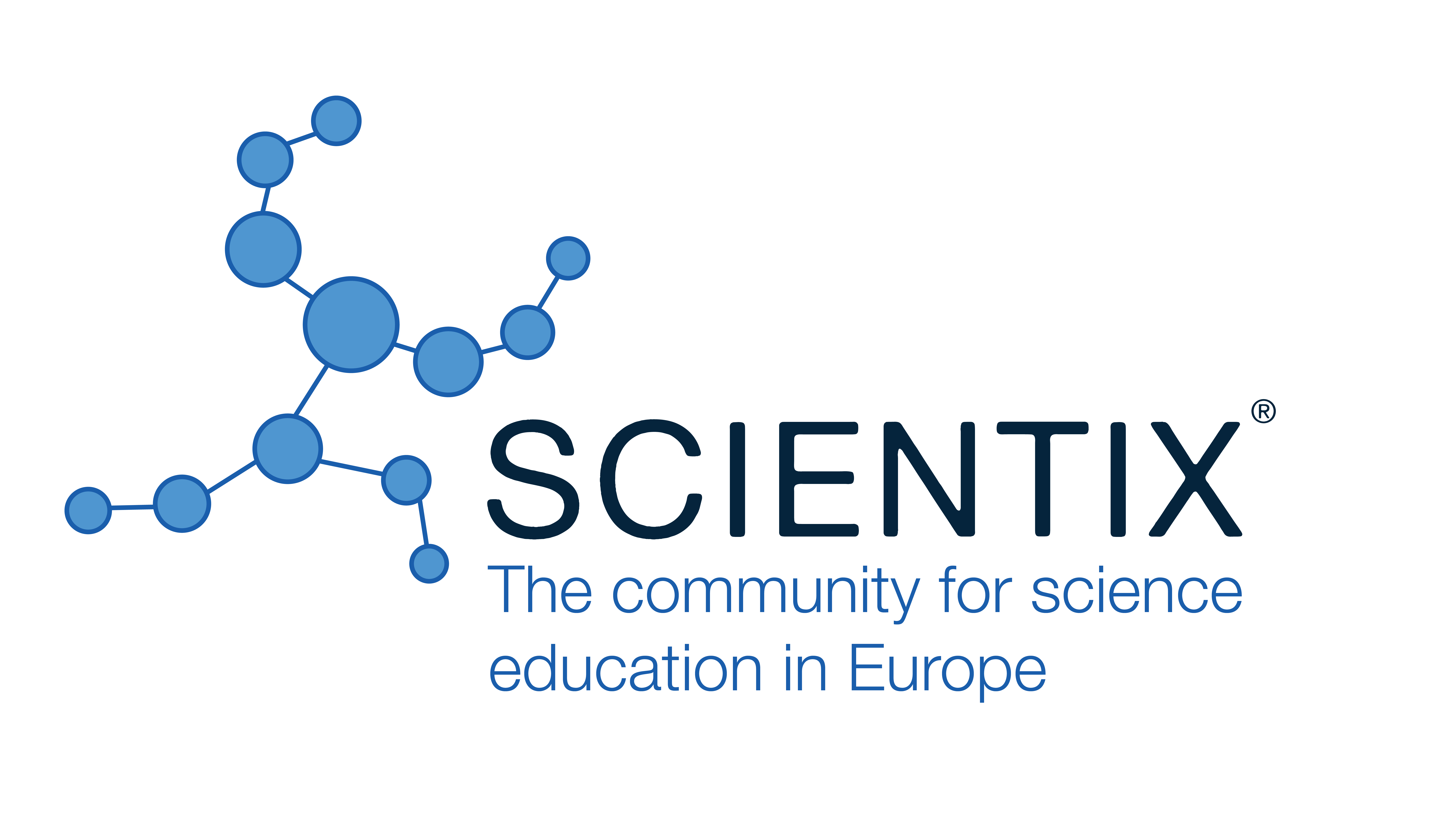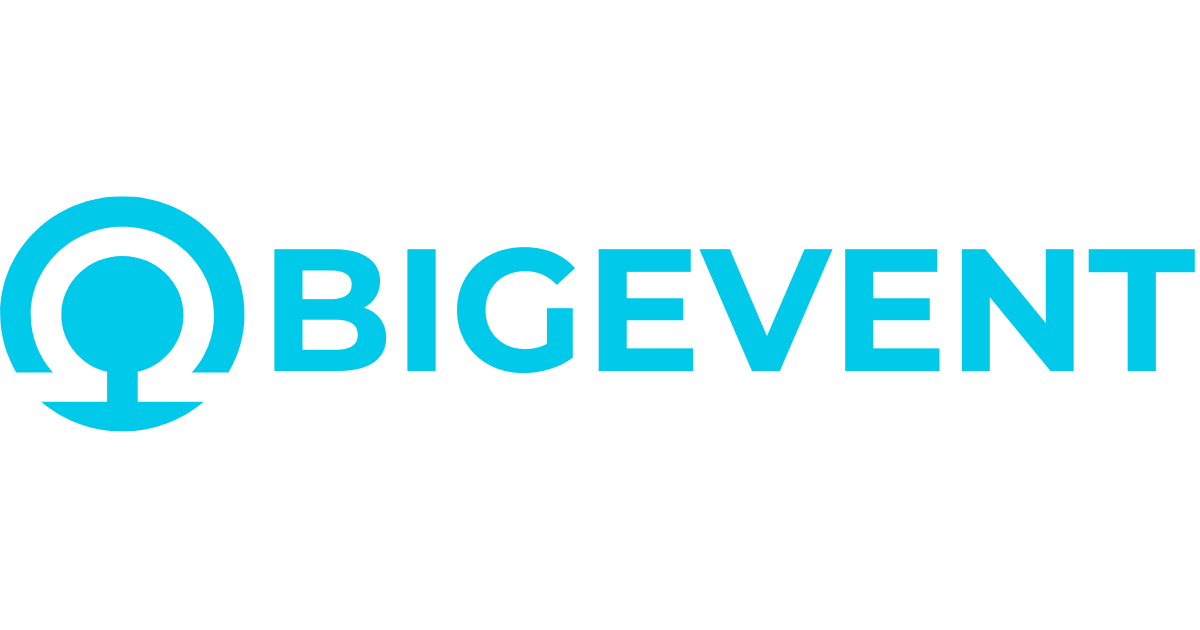STEAM in Computer Science Studies
Dalia Čalnerytė, Kaunas University of Technology (Lithuania)
Vida Drąsutė, Kaunas University of Technology (Lithuania)
Andrius Kriščiūnas, Kaunas University of Technology (Lithuania)
Spiros Sirmakessis, University of Peloponnese (Greece)
Abstract
STEAM (Science, Technology, Engineering, Arts, Mathematics) is defined as an active learning approach which integrates multiple disciplines from the acronym [1] and employs problem-based learning to solve real-world problems using technologies [2]. It aims to develop creativity, critical thinking, collaboration, communication skills, and therefore, better prepare students to meet labor market needs. Classified as a student-centered learning approach, STEAM facilitates students’ engagement in the learning activities. However, there is lack of reusable and easily modified STEAM-based teaching tools at the university level. Thus, the STEAM-Active project [3], which is developed under the Erasmus+ programme, provides university teachers with e-learning course on STEAM methodological approaches, bibliographic review, protocol for designing teaching-learning sequences (TLS), collection of TLSs for socio-scientific-technological problems. Two TLSs “Cycling Tour and Tourism” and “Enjoy Sailing in Greek Islands” were piloted at Kaunas University of Technology, Lithuania during the 2023 fall semester. After adapting the TLSs to meet the course learning outcomes, time limitations, and students’ prior knowledge, they were implemented as group projects of the master level course “Artificial Intelligence and Decision Making”. 5 groups of international students developed mobile or web applications taking into account sustainability, circular economy, specific environment, and customers’ needs. In order to meet the learning outcomes of the course, all the applications included artificial intelligence-based solutions for either data analysis, route optimization, or providing recommendation. Students faced the challenges of working in groups, choosing the proper technologies, and creating strategies to increase users’ involvement. A clear perspective of the application possibilities helped students to gain skills for practical problem solving.
|
Keywords |
STEAM, problem-based learning (PBL), teaching-learning sequences (TLS) |
|
References |
[1] Park, W., Wu, J. Y., & Erduran, S. (2020). The Nature of STEM Disciplines in the Science Education Standards Documents from the USA, Korea and Taiwan: Focusing on Disciplinary Aims, Values and Practices. Science and Education, 29(4), 899–927. [2] Quigley, C. F., Herro, D., Shekell, C., Cian, H., & Jacques, L. (2020). Connected Learning in STEAM Classrooms: Opportunities for Engaging Youth in Science and Math Classrooms. International Journal of Science and Mathematics Education, 18(8), 1441–1463. [3] The STEAM-Active project. (2022). Retrieved from https://steam-active.pixel-online.org/ |
 The Future of Education
The Future of Education





























